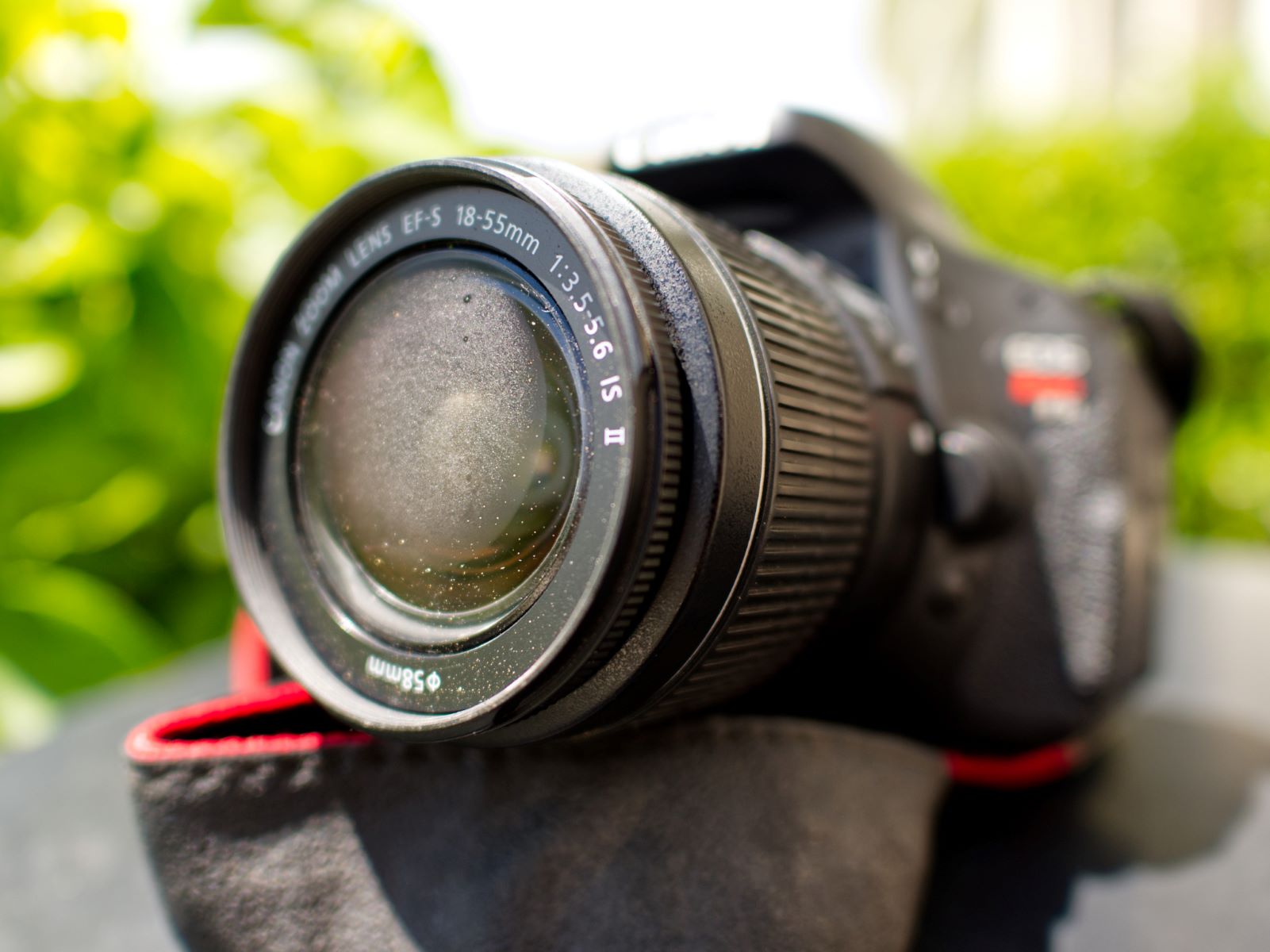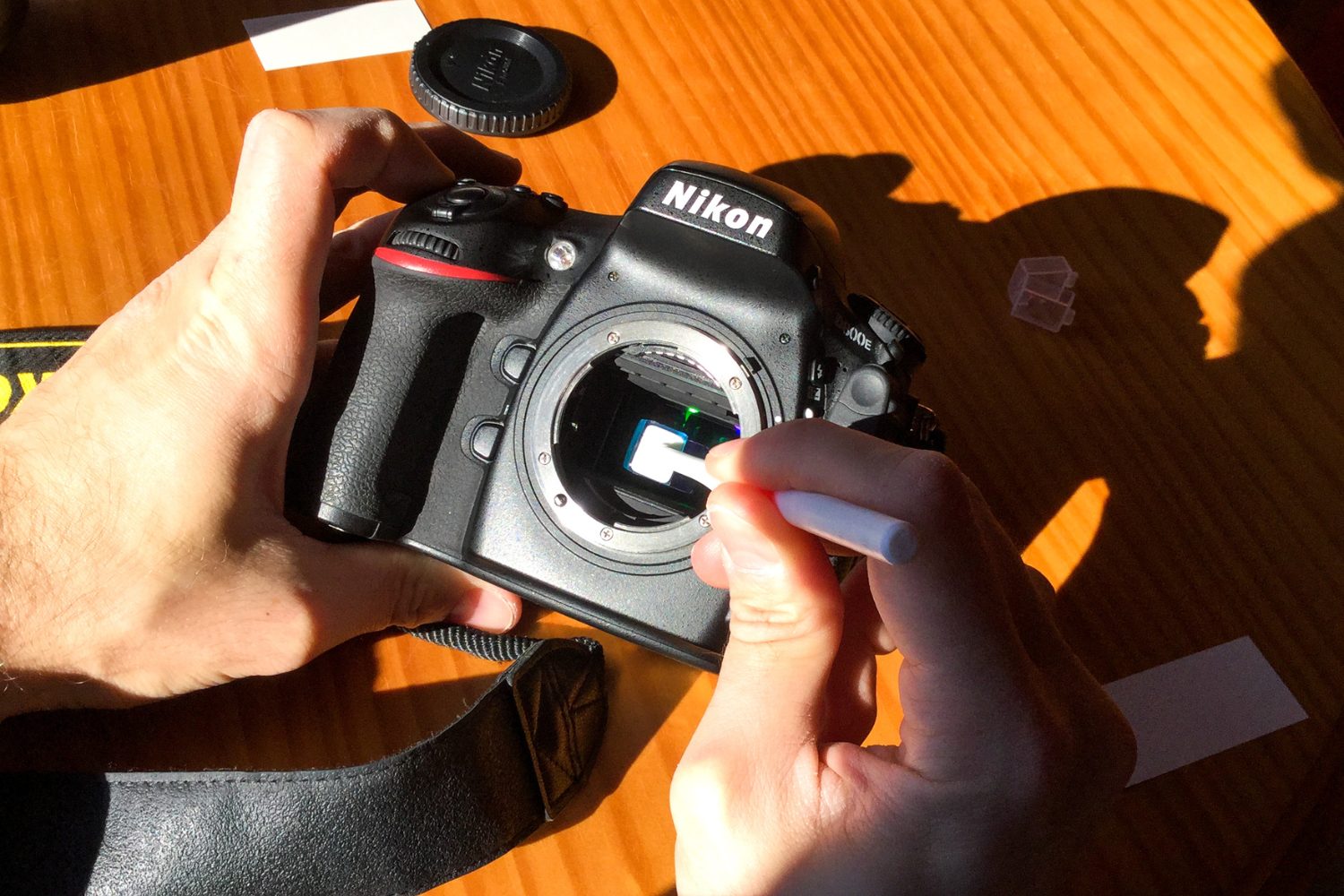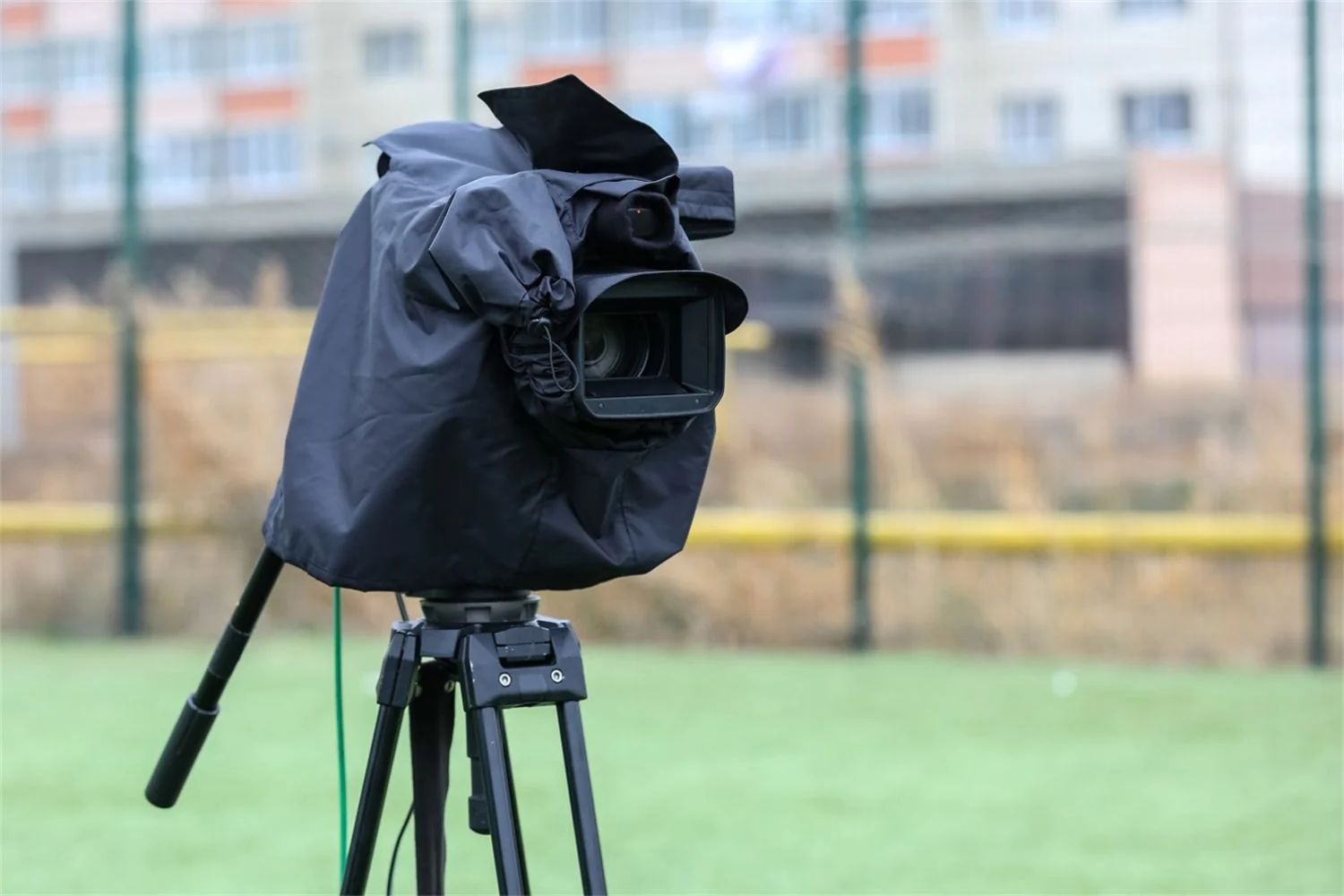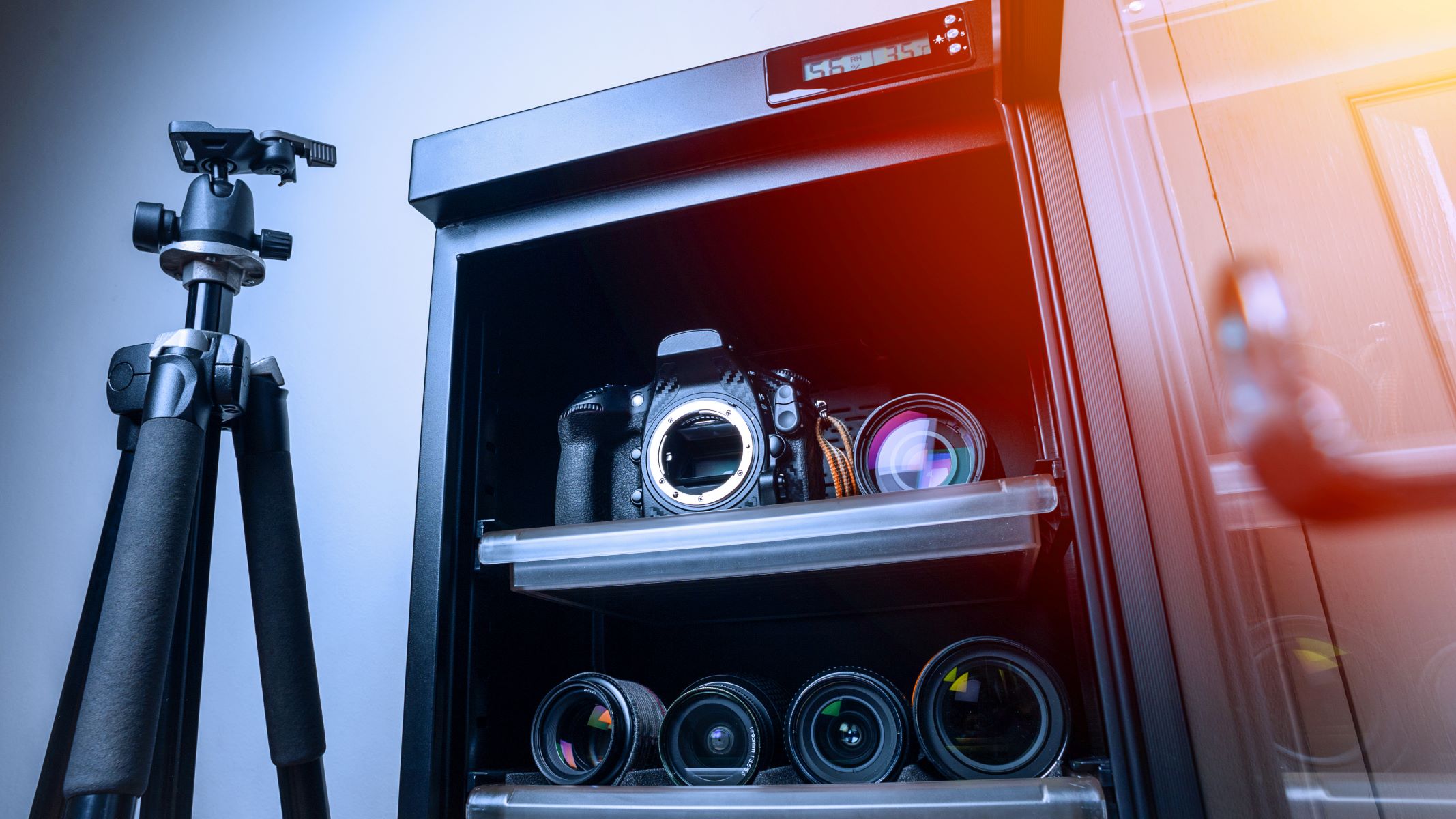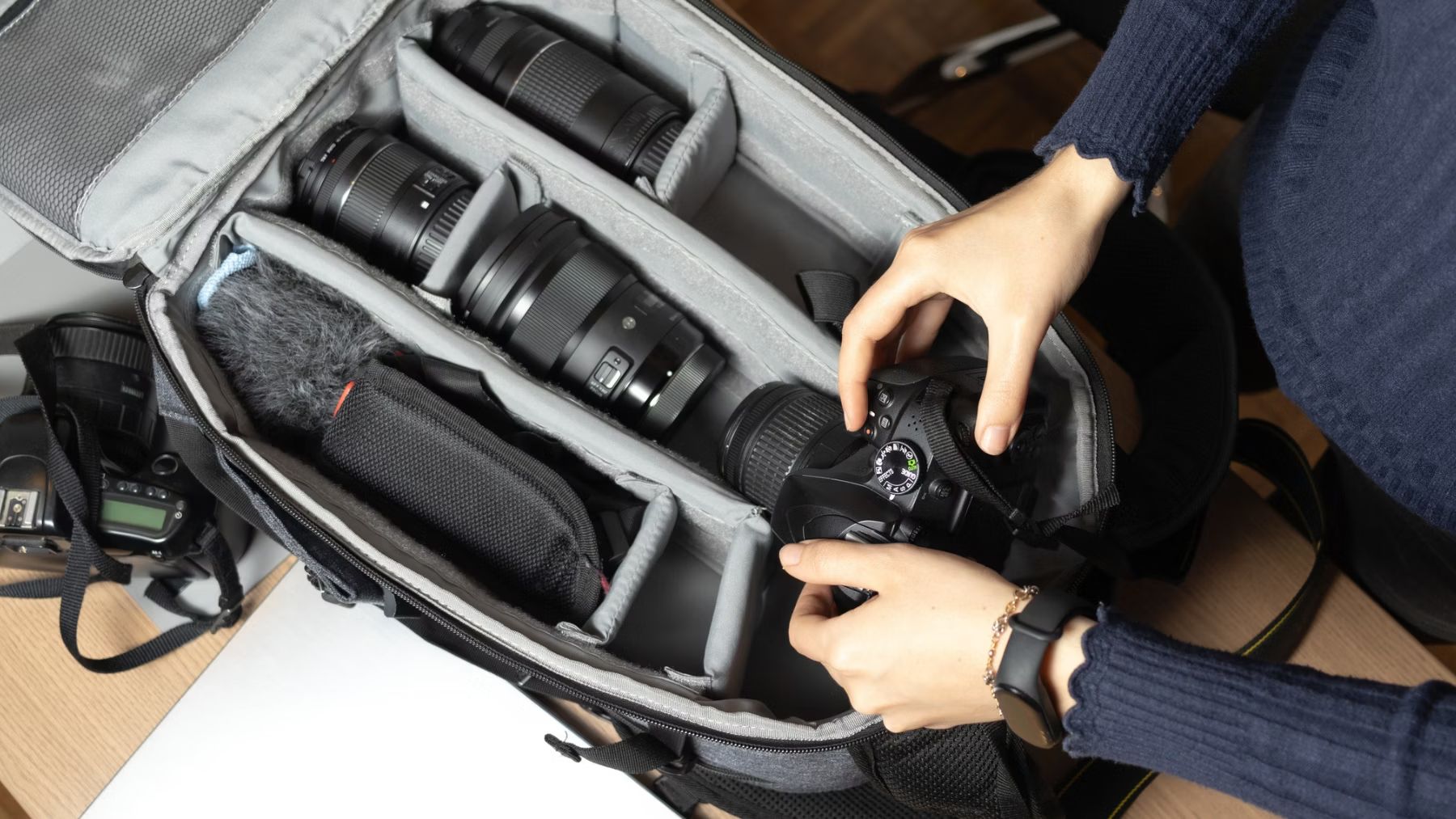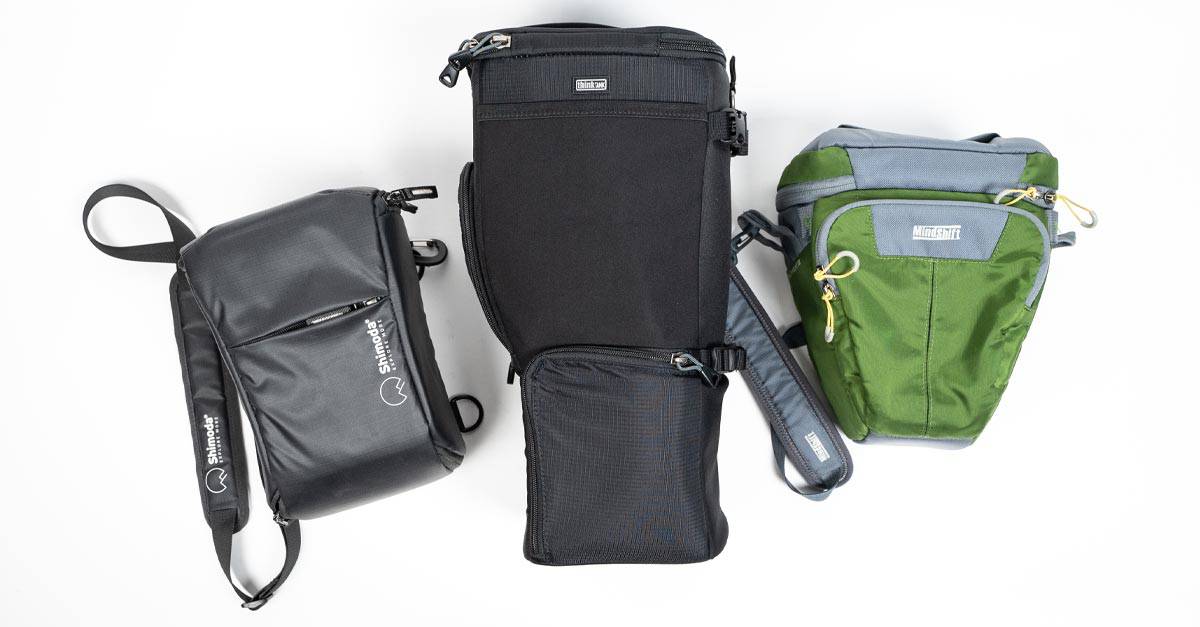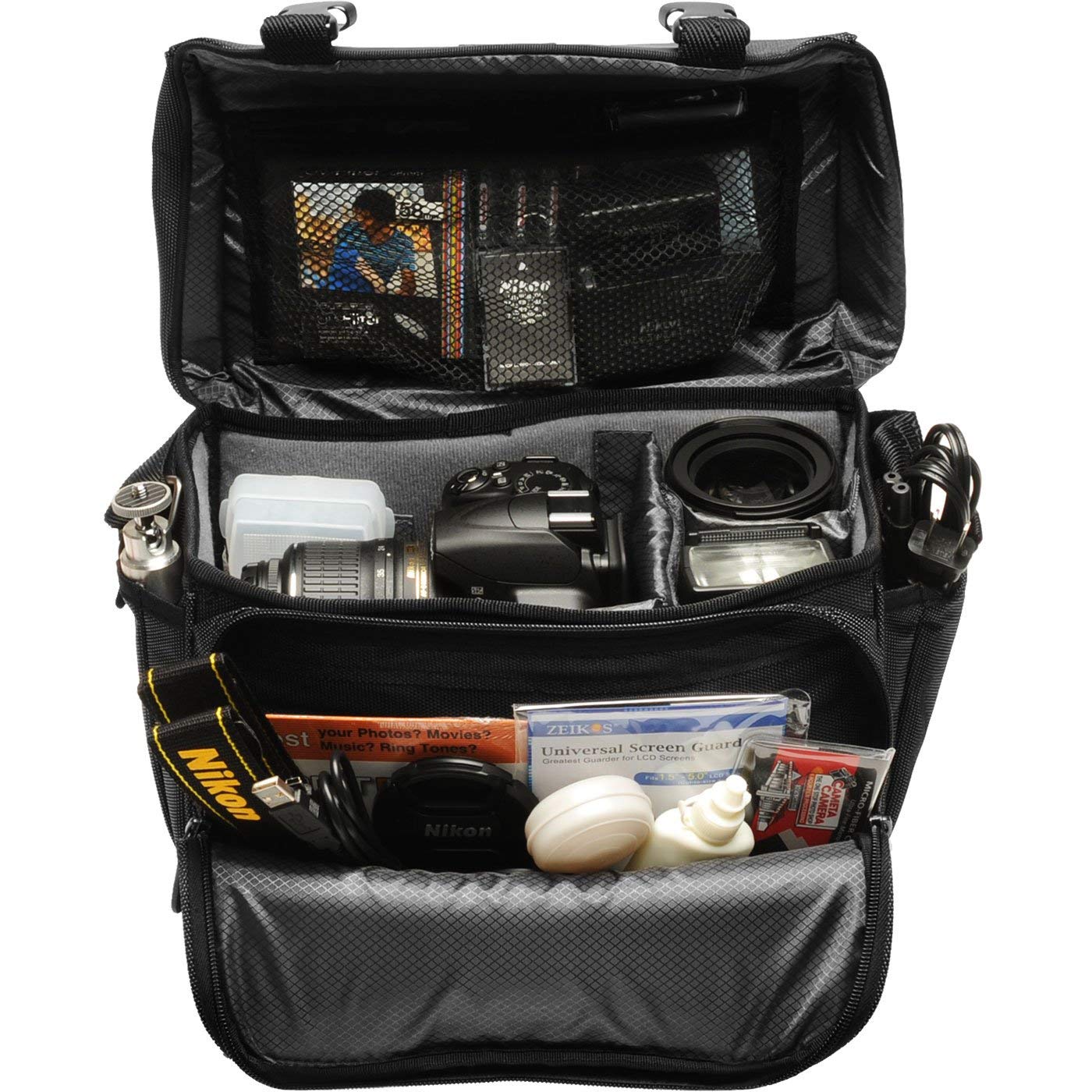Introduction
When you're out and about capturing life's precious moments with your DSLR camera, the last thing you want is for water to interfere with your photography. Whether it's a sudden rain shower, an accidental spill, or high humidity, water can find its way into your camera lens, causing blurry photos and potential damage to your equipment. However, fear not, as there are effective ways to remove water from your DSLR camera lens and restore it to its optimal condition.
In this comprehensive guide, you'll learn step-by-step techniques to safely and efficiently remove water from your DSLR camera lens. By following these methods, you can minimize the risk of water damage and ensure that your lens continues to capture stunning images with clarity and precision.
With the insights and practical tips provided in this article, you'll gain the confidence to address water-related issues with your DSLR camera lens, empowering you to safeguard your equipment and preserve your photographic masterpieces. Let's delve into the essential steps for removing water from your DSLR camera lens and get you back to capturing life's beautiful moments with ease.
Step 1: Power Off the Camera
As soon as you notice water on your DSLR camera lens, the first and most crucial step is to power off the camera immediately. This swift action is essential to prevent any potential short-circuiting or damage to the internal components of your camera. By turning off the power, you minimize the risk of electrical malfunction caused by the presence of water, thus protecting the delicate circuitry within your camera.
When powering off your camera, be sure to remove the battery as well, if possible. This extra measure helps to eliminate any power source that may exacerbate the impact of water on the camera's internal mechanisms. Additionally, removing the battery reduces the risk of corrosion and electrical damage, ensuring that your camera remains in optimal working condition.
Remember, swift and decisive action is key when dealing with water-related incidents involving your DSLR camera. By promptly powering off the camera and removing the battery, you take the necessary first steps to mitigate potential damage and set the stage for the subsequent measures to remove water from the lens effectively.
Step 2: Remove the Lens
After powering off your DSLR camera, the next vital step in addressing water on the lens is to carefully remove the lens from the camera body. This process is crucial for two primary reasons: to prevent water from seeping further into the camera and to facilitate thorough cleaning and drying of the lens.
To remove the lens, gently press the lens release button, typically located near the base of the lens mount, and rotate the lens counterclockwise until it detaches from the camera body. Exercise caution to avoid any abrupt movements that may exacerbate the spread of water within the camera. Once the lens is detached, place it in a clean, dry, and preferably dust-free environment to prevent additional contaminants from affecting the lens during the drying process.
By removing the lens promptly and handling it with care, you create the necessary conditions for effectively addressing the presence of water and minimizing the potential for damage to your camera and lens. This preparatory step sets the stage for the subsequent methods aimed at safely and thoroughly removing water from your DSLR camera lens.
Step 3: Use a Lens Cloth
Once the lens is removed from the camera body, using a high-quality lens cloth is an effective method for initially addressing the presence of water on the lens surface. A microfiber lens cloth is an ideal choice, as it is designed to be gentle on the lens and effectively absorb moisture without leaving lint or scratches.
To begin, gently blot the lens surface with the lens cloth, starting from the center and working your way outward. Avoid rubbing the lens vigorously, as this may spread the water and potentially cause scratches on the lens coating. Instead, use light pressure and a dabbing motion to absorb the moisture from the lens surface. Ensure that the lens cloth is clean and free from any debris that could inadvertently scratch the lens during the drying process.
It’s important to be thorough in this process, particularly if the water droplets are small and dispersed across the lens surface. Take your time to carefully blot and absorb the water, periodically inspecting the lens to gauge the progress. By using a lens cloth in this manner, you can effectively remove a significant amount of water from the lens, setting the stage for subsequent drying methods to further address any residual moisture.
Step 4: Use Silica Gel Packs
Utilizing silica gel packs is an effective method to expedite the drying process and absorb residual moisture from the DSLR camera lens. Silica gel, known for its exceptional ability to absorb and hold water vapor, is commonly used in various applications to maintain dryness and prevent moisture damage. When employed in the context of removing water from a camera lens, silica gel packs can significantly aid in the drying process and help mitigate the risk of water-related damage.
To use silica gel packs, place the lens and the packs in an airtight container, ensuring that the packs do not come into direct contact with the lens to prevent any potential abrasion. The sealed environment created by the container encourages the transfer of moisture from the lens to the silica gel packs, facilitating the drying process. It is important to use a sufficient number of silica gel packs to ensure optimal moisture absorption, especially if the lens has been exposed to a significant amount of water.
Allow the lens to remain in the sealed container with the silica gel packs for an extended period, ideally 24 to 48 hours, to ensure thorough drying. Periodically check the progress and replace the silica gel packs if they become saturated. This method effectively accelerates the removal of moisture from the lens, minimizing the risk of water damage and promoting the restoration of your DSLR camera lens to its optimal condition.
Step 5: Use a Hair Dryer (with caution)
Using a hair dryer, when employed with caution and precision, can be an effective method to remove residual moisture from your DSLR camera lens. However, it is crucial to exercise great care and follow specific guidelines to avoid causing damage to the lens or exacerbating the water-related issues.
When using a hair dryer, set it to the lowest heat setting and ensure that the airflow is gentle. Hold the hair dryer at a moderate distance from the lens, approximately 12 to 18 inches away, to prevent overheating or causing thermal stress to the lens components. It is essential to maintain continuous, gentle movement of the hair dryer to distribute the warm airflow evenly across the lens surface, aiding in the evaporation of residual moisture.
While using the hair dryer, periodically pause to allow the lens to cool down, preventing the risk of overheating. Additionally, avoid directing the airflow into the lens mount or any openings on the lens to prevent the intrusion of dust or debris. Exercise patience and precision during this process, ensuring that the lens is exposed to gentle warmth without subjecting it to excessive heat or airflow.
By using a hair dryer with caution and precision, you can effectively expedite the drying process and remove residual moisture from your DSLR camera lens. This method, when executed carefully, contributes to the restoration of the lens to its optimal condition, allowing you to resume capturing stunning images with clarity and precision.
Step 6: Leave the Lens to Air Dry
After employing the aforementioned methods to address the water on your DSLR camera lens, allowing the lens to air dry is a crucial final step in the restoration process. This method harnesses the natural evaporation of moisture, enabling the lens to gradually dry without the application of external heat or forceful measures.
To air dry the lens, place it in a well-ventilated and dry environment, ensuring that it is shielded from dust and debris. Position the lens on a clean, lint-free surface, such as a microfiber cloth, and allow it to remain undisturbed for an extended period. It is essential to exercise patience during this phase, as thorough air drying may take several hours or even days, depending on the extent of water exposure.
Throughout the air drying process, periodically inspect the lens for any signs of residual moisture, and if necessary, gently blot the surface with a clean, dry lens cloth to aid in the evaporation of lingering water droplets. Avoid exposing the lens to direct sunlight or high heat during the air drying phase, as excessive heat can potentially damage the lens components and coatings.
By allowing the lens to air dry, you facilitate the gradual evaporation of residual moisture, promoting the restoration of your DSLR camera lens to its optimal condition. This method, when coupled with the preceding techniques, contributes to the effective removal of water and the preservation of your equipment, ensuring that you can continue capturing breathtaking images with clarity and precision.
Conclusion
Successfully removing water from your DSLR camera lens is a critical endeavor to safeguard your equipment and preserve the quality of your photographic pursuits. By following the comprehensive steps outlined in this guide, you have acquired the knowledge and techniques necessary to address water-related incidents and restore your lens to optimal working condition.
From promptly powering off the camera and removing the lens to employing meticulous drying methods such as using a lens cloth, silica gel packs, and a hair dryer with caution, you have taken proactive measures to mitigate the impact of water and moisture on your DSLR camera lens. Additionally, allowing the lens to air dry in a controlled environment serves as a vital concluding step in the restoration process, promoting the gradual evaporation of residual moisture without subjecting the lens to undue stress or damage.
By mastering these essential methods, you have equipped yourself with the skills to address water-related incidents with confidence and precision, ensuring that your DSLR camera lens remains in optimal condition for capturing stunning images. It is important to note that in situations involving significant water exposure or potential damage to internal components, seeking professional assistance from a certified camera technician is advisable to prevent further harm to your equipment.
Armed with the insights and techniques presented in this guide, you are well-prepared to navigate and mitigate the impact of water on your DSLR camera lens, empowering you to continue pursuing your passion for photography with resilience and expertise. By prioritizing the care and maintenance of your equipment, you can capture life’s beautiful moments with clarity and precision, free from the hindrance of water-related issues.







